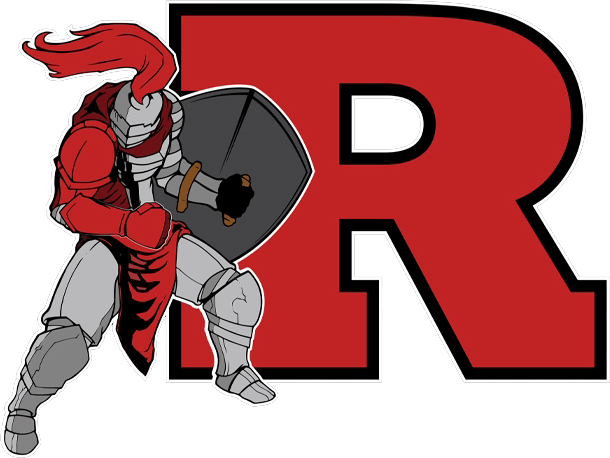Disability Categories
Two criteria, both of which must be met for an IEP to exist for an IEP. The student must meet one of the 13 disability categories defined by the Individuals with Disabilities Education Act, 2004 (IDEA) and, the student must need special education; that is, the child requires specifically designed instruction to receive educational benefits.
The 13 disability categories are:
Intellectual Disability
Hearing impairment
Speech or language impairment
Visual impairment (including blindness)
Emotional disturbance
Orthopedic impairment
Autism
Traumatic brain injury
Other health impairment
Specific learning disability
Deafness
Deaf-blindness
Multiple disabilities
Emotional disturbance is defined at 34 CFR § 300.8(c)(4) as:
An inability to learn that cannot be explained by intellectual, sensory, or health factors. An inability to build or maintain satisfactory interpersonal relationships with peers and teachers. Inappropriate types of behavior or feelings under normal circumstances. A general pervasive mood of unhappiness or depression. A tendency to develop physical symptoms or fears associated with personal or school problems.
If a child is identified by a the school district as "thought-to-be" disabled and in possible need of specially designed instruction under IDEA and Chapter 14, the district should move forward with a special education evaluation under IDEA and 22 PA Code Chapter 14.
